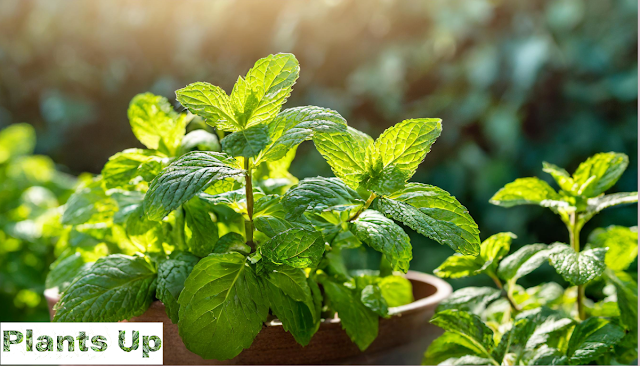 |
| Hydroponics |
Hydroponics: A Guide to Growing Plants Without Soil
Hydroponics is a method of growing plants without soil. Instead of soil, plants are grown in nutrient-rich water or an inert growing medium, such as perlite or coconut coir. This method of growing plants is becoming increasingly popular due to its many advantages over traditional soil-based gardening.
In this article, we will discuss the basics of hydroponics and how to set up your own hydroponic garden.
Advantages of Hydroponics
- Water efficiency: Hydroponics uses 90% less water than soil-based gardening, making it an ideal method for areas with water scarcity.
- Faster growth: Plants grown in hydroponics grow up to 50% faster than those grown in soil due to the constant supply of nutrients.
- Space efficiency: Hydroponics systems can be set up vertically, allowing for more plants to be grown in a smaller space.
- Higher yields: Hydroponics can produce up to 3-10 times the yield of soil-based gardening.
- Fewer pests and diseases: Hydroponic gardens are less susceptible to pests and diseases since there is no soil for these organisms to thrive in.
Setting up a Hydroponic Garden
- Choose a growing medium: There are several different types of growing mediums that can be used in hydroponics, including perlite, coconut coir, and rockwool.
- Select a nutrient solution: The nutrient solution is the key to hydroponic gardening. It provides all the necessary nutrients for the plants to grow. There are many different nutrient solutions available on the market, or you can make your own.
- Decide on a hydroponic system: There are many different types of hydroponic systems available, including deep water culture, drip irrigation, and ebb and flow. Each system has its own advantages and disadvantages, so it's important to do your research and choose the system that best suits your needs.
- Set up the hydroponic system: Once you have selected your growing medium, nutrient solution, and hydroponic system, it's time to set up your hydroponic garden. Follow the manufacturer's instructions carefully to ensure that your system is set up correctly.
- Monitor the nutrient solution: It's important to monitor the nutrient solution regularly to ensure that it is at the correct pH level and that the nutrient levels are balanced.
- Provide proper lighting: Plants grown in hydroponics still require adequate lighting to grow. LED grow lights are a popular choice for hydroponic gardens.
- Maintain the system: Regular maintenance is important to ensure the health of your hydroponic garden. This includes cleaning the system, replacing the nutrient solution, and monitoring for pests and diseases.
Conclusion
Hydroponics is a great way to grow plants without soil and offers many advantages over traditional soil-based gardening. With the right equipment and knowledge, anyone can set up their own hydroponic garden and enjoy the benefits of growing plants in nutrient-rich water.
Hydroponics is a promising solution for sustainable and efficient farming. With its ability to save water and space while producing high-quality crops, it has gained popularity among home gardeners and commercial farmers alike. However, it's important to note that hydroponics requires careful monitoring and management to ensure optimal growing conditions.
As you embark on your hydroponic journey, remember to stay informed, experiment, and have fun. With a bit of patience and dedication, you'll soon be enjoying a bountiful harvest of fresh, delicious produce.
Thank you for reading and happy growing!
